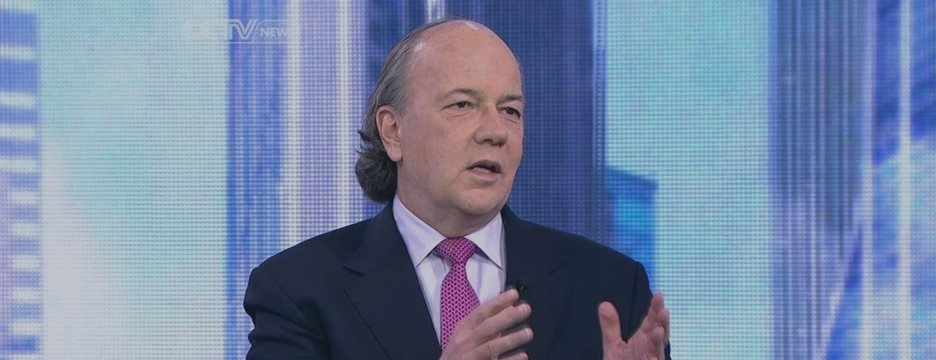
Best-selling author: Fed had to hike in 2010 to be able to cut today, now that the economy needs help
“The Fed missed an entire interest rate cycle,” said Jim Rickards,
author of "Currency Wars" and "The Death of Money", in his newsletter with West Shore Funds.
In his view, the time to increase rates was in 2010 and 2011 when there was plentiful liquidity and the economy could pass through a modest rate lift-off. The author also noted that if the central bank hiked in that period, it would remain in a better position to cut rates today now that the economy is in need of a helping hand.
According to Rickards, the Fed has markets and Wall Street
falsely convinced that it can and will raise rates when, in fact, the
central bank – and the global economy – are hardly capable of withstanding it.
“The only policy that makes sense is new easing through negative
interest rates, more forward guidance or more QE; but there is almost
no chance of this happening – at least not yet,” he said.
Rickards considers that lifting rates on September 17 would trigger a meltdown in emerging markets. The same view was expressed by chief economist at World Bank Kaushik Basu.
However, if policy makers continue to insinuate imminent rate
increases, Rickards said to expect more market volatility as seen since
early August.
The central bank is really in a dead end now, as it will:
1) Either “commit a disastrous policy error by raising rates in a weak economy”
2) Or “destroy its credibility by failing to raise rates after repeatedly saying it intends to do so.”
Rickards expects the monetary policy-makers to choose the second scenario which he explained would mean no rate increase but more “tough
talk about increases in the near future.”
The dollar will be strengthened in this case and more pressure will be imposed on China for devaluation. Outflows from emerging markets will continue, and "cause a resumption of the Fed guessing game and the volatility that goes with it. The rest of September and October will look like August – only worse.”


